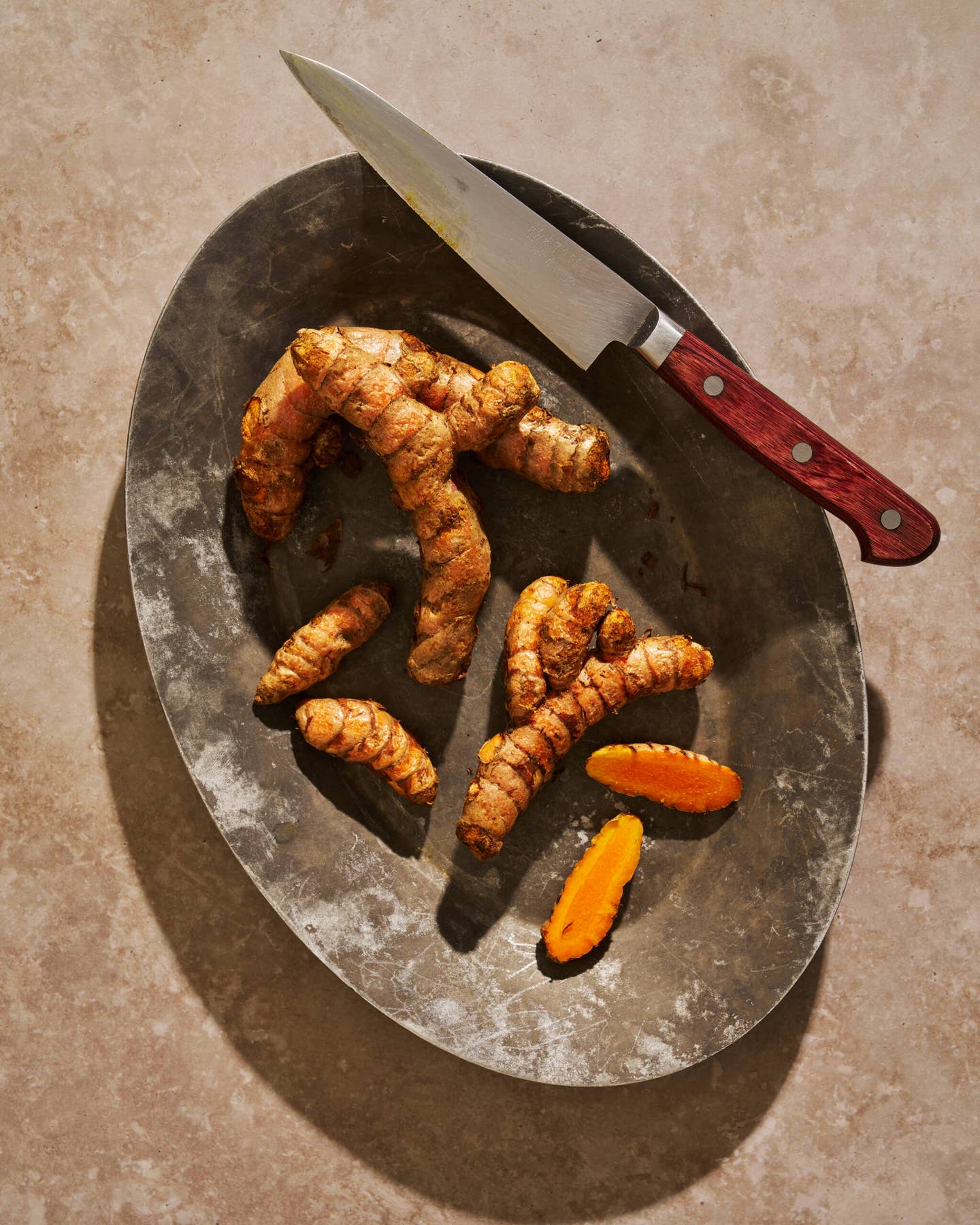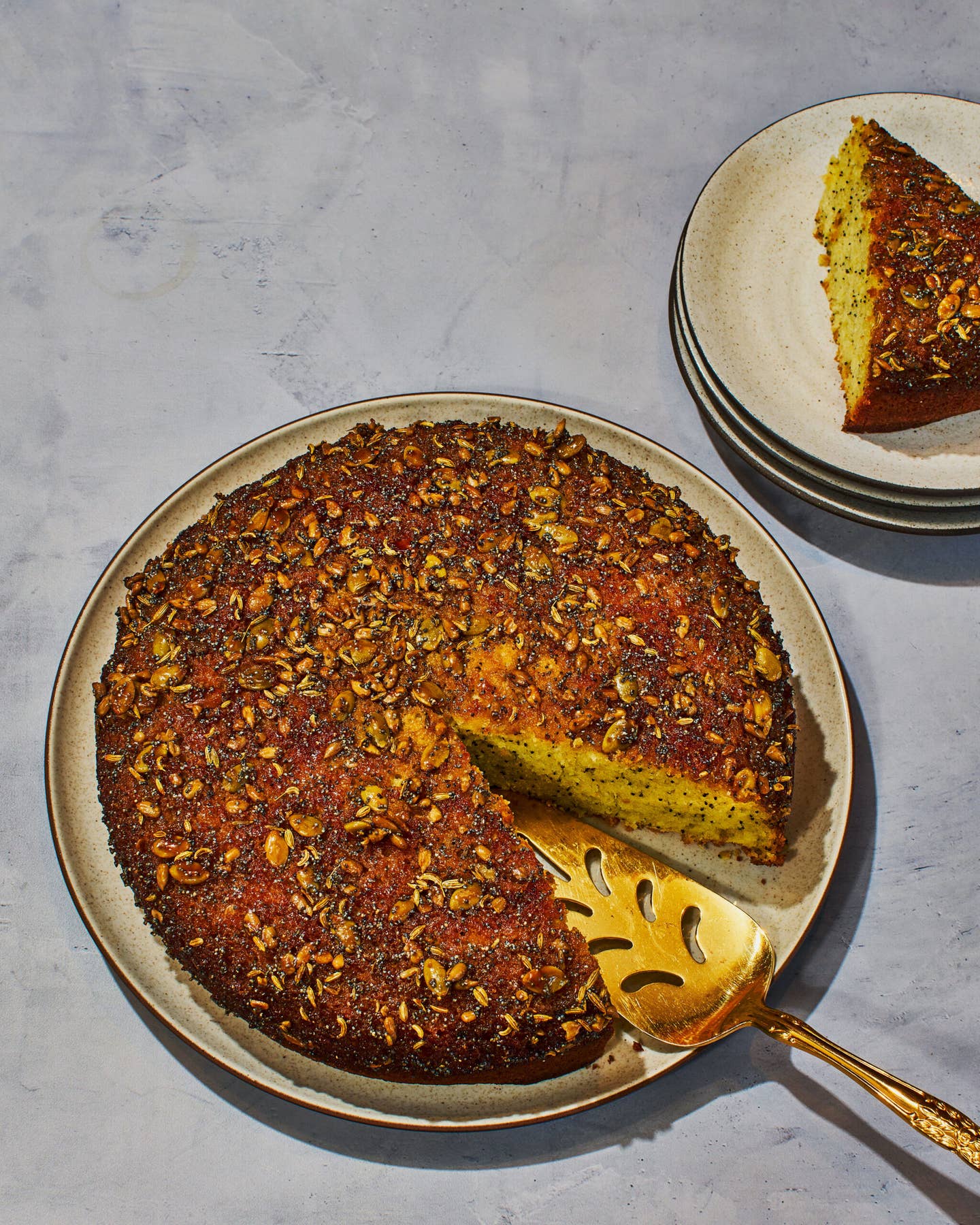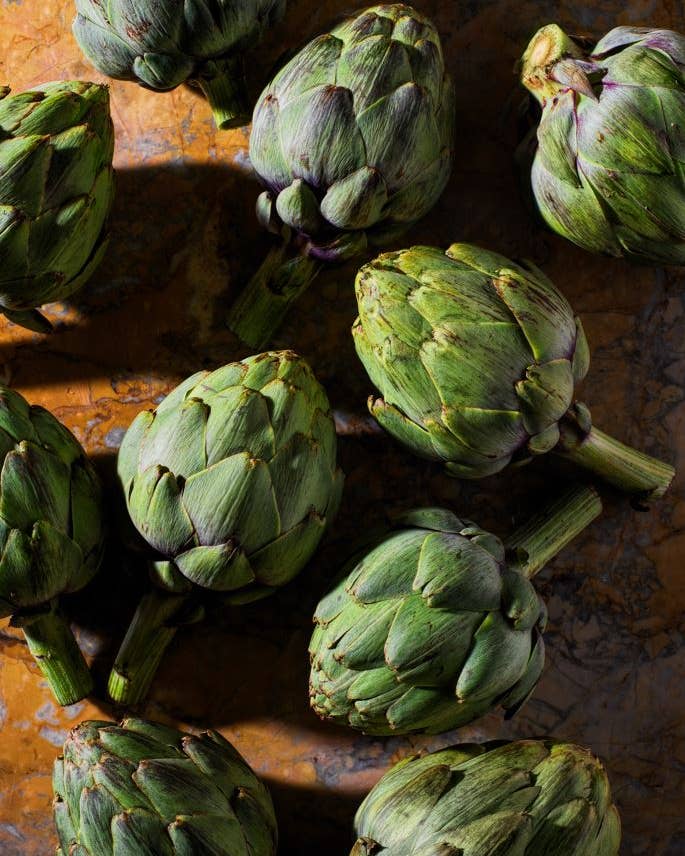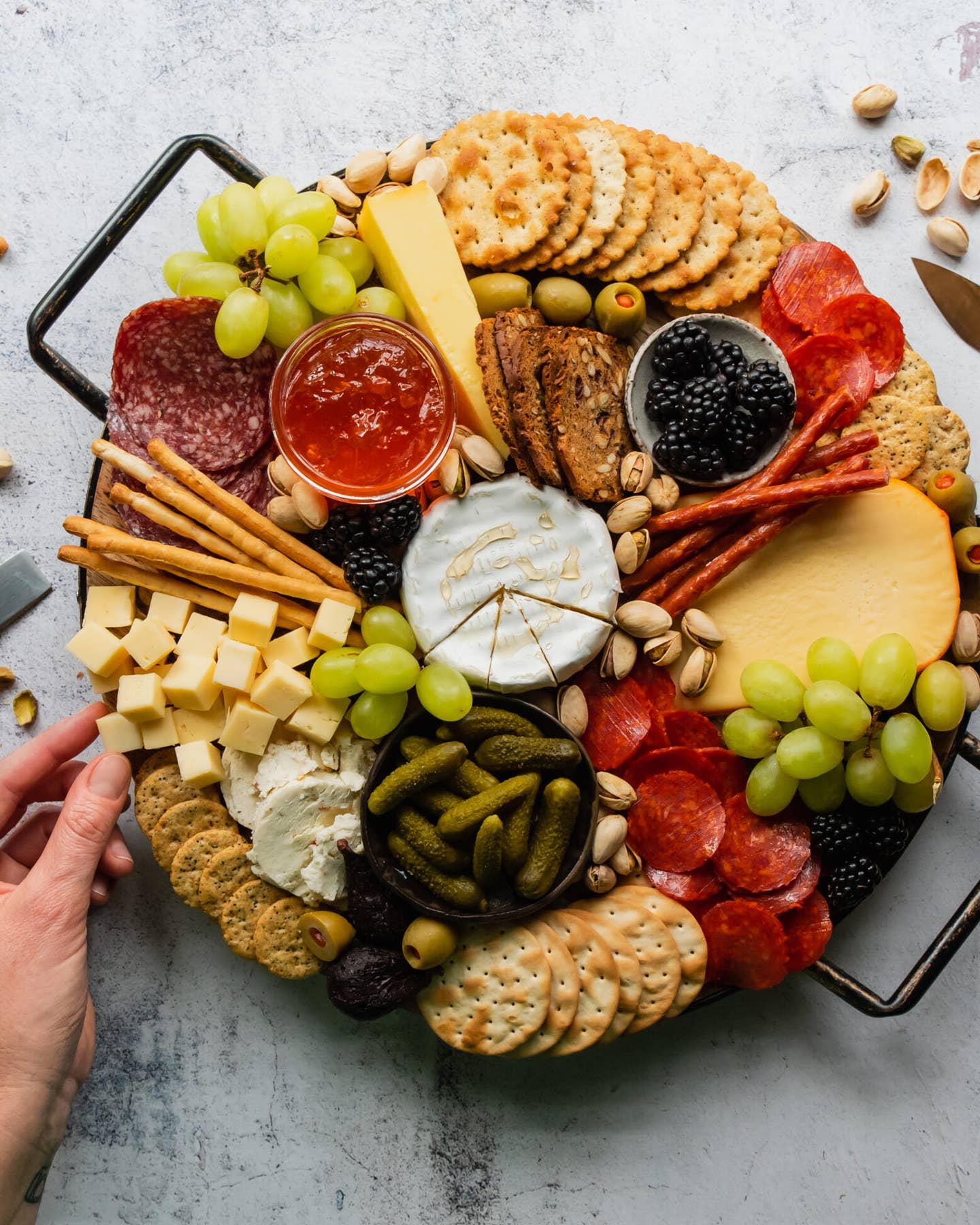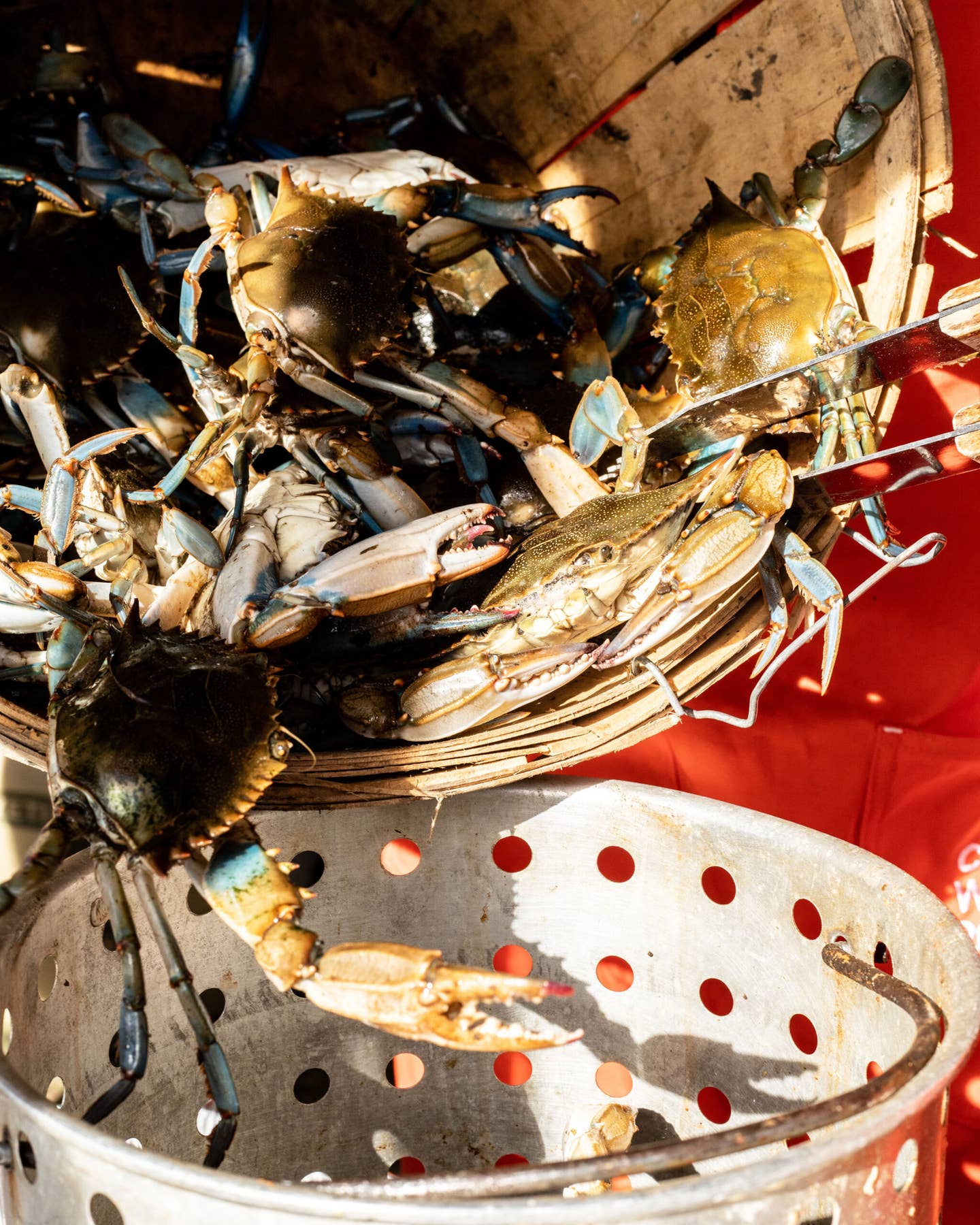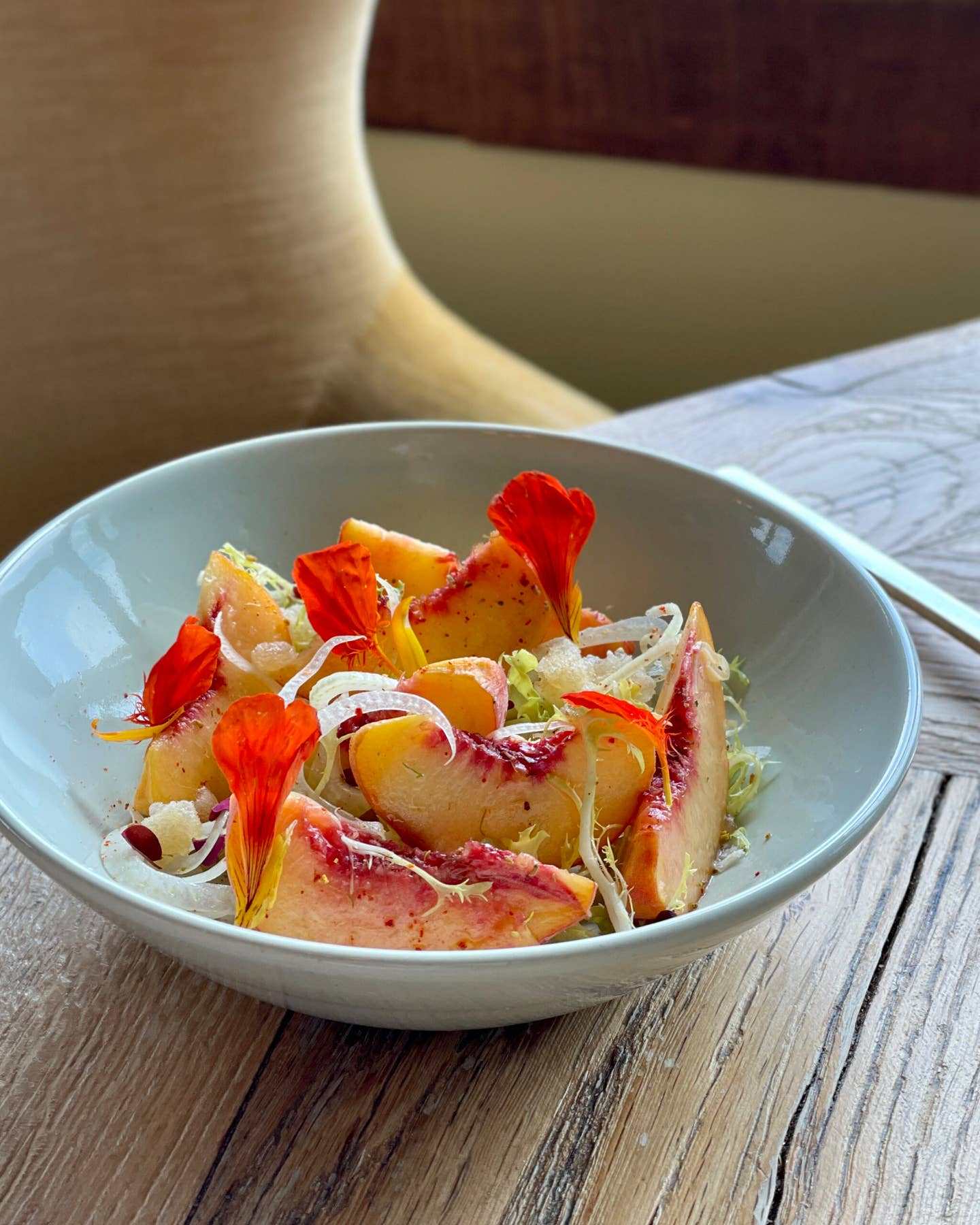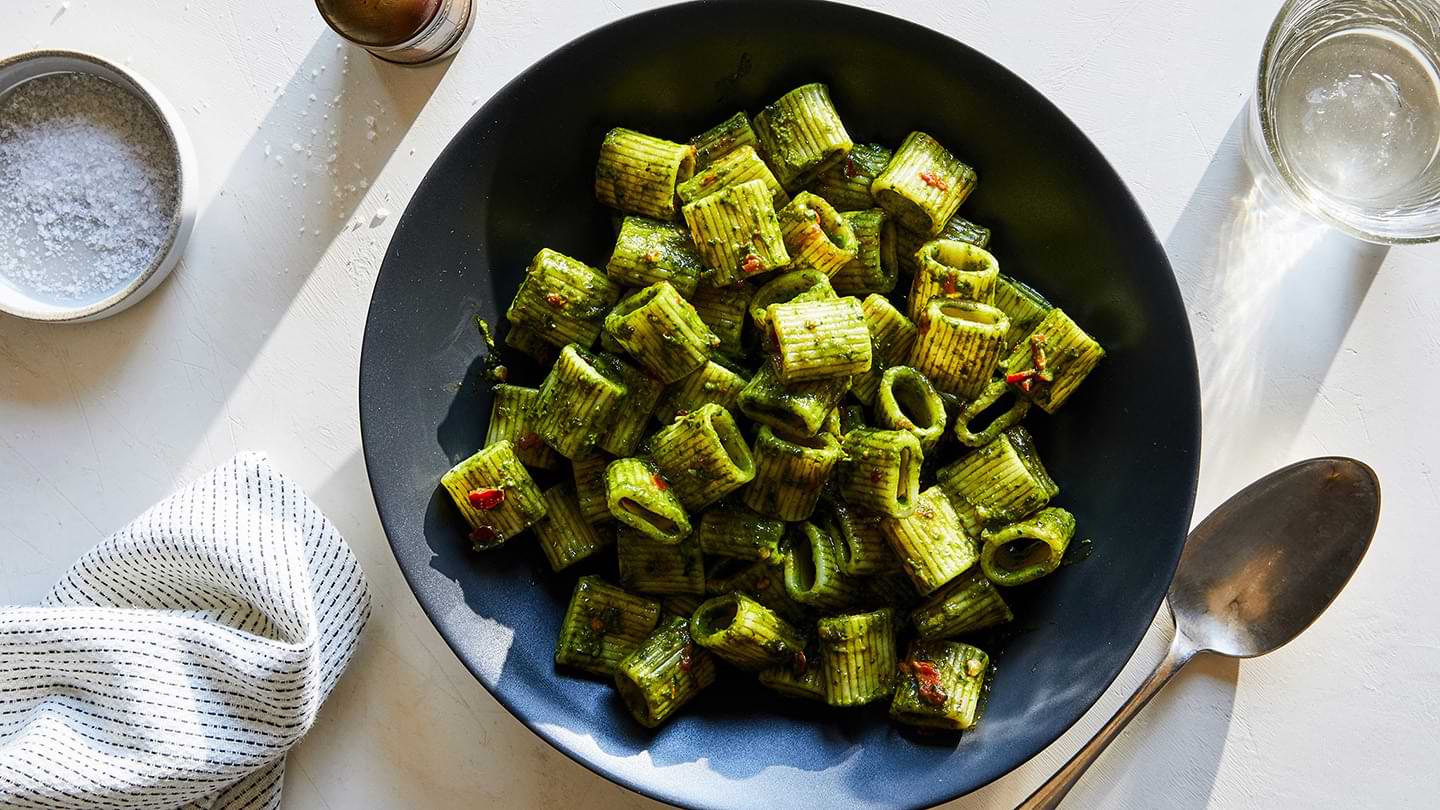
Our 48 Best French Desserts So You Can Feast Like A Parisian
There’s no denying the appeal of a classic French dessert
For all of France's fine dishes—everything from cassoulets to coq au vin—it can be argued that the crown jewel of French cuisine is dessert. From pâte choux to pâte brisée to crème patissière, many of the world's most beloved and influential sweets employ techniques and basics that are French in origin. The list is endless, but we've compiled our best French desserts into a list of essentials. The list runs of the gamut of occasions: master the art of the tart for a treat-yourself weekday dinner, or pull out all the stops for a fancy dinner party with a towering croquembouche that will surprise and delight guests. From crème brûlée to macarons, our best French dessert recipes should be essentials on your list.
Pastry expert Niko Triantafillou of Dessert Buzz has made creating the perfect canelé one of his life quests. His recipe is the real deal: crunchy and caramelized to a deep mahogany brown on the outside, moist and custardy within, and deeply perfumed with dark rum and vanilla bean. Get the recipe for Canelés de Bordeaux »
Cherry Tomato Tarte Tatin
Sprinkled on top of these delicate meringues—which float in a vanilla custard—are praline roses, caramel-coated almonds dyed a bright pink. The color’s a bit shocking, but they’re a staple of Lyonnaise pâtisseries and lend a nice crunch and color to this white-on-white backdrop. Get the recipe for Meringue Floating in Crème Anglaise »
Strawberry Rhubarb Pâte de Fruit
Instead of coating his pâte de fruit with plain sugar, William Werner of San Francisco’s Craftsman and Wolves flavors Demerara sugar with Clément Créole Shrubb, a spiced liqueur made of aged and white Agricole rums and bitter orange peels. It adds a clean, bright flavor to the glittering topping. Get the recipe for Strawberry Rhubarb Pâte de Fruit »
Almond Frangipane Tart with Cranberries and Honeyed Pistachios
Almond Frangipane Tart with Cranberries and Honeyed Pistachios
Chocolate Ganache Tart with Sea Salt and Espresso Beans
Chocolate Ganache Tart with Sea Salt Espresso Beans
Kugelhopf
Pastry chef Christine Ferber’s not-too-sweet kugelhopf, an Alsatian cake baked in a distinctive ring mold, has just a few choice raisins per slice. Enjoy with a sweet Alsatian wine, like gewürztraminer or muscat.
Edouard's Chocolate Chip Cookies
A French version of the classic American cookie, this recipe adds ground almonds for a result that’s chubby and chewy and just a little soft at the center. Get the recipe for Edouard’s Chocolate Chip Cookies »
Macarons
These pillowy, delicate cookies, typically filled with jam, buttercream or ganache, are small yet decadent enough to provide the perfect bite of dessert. Get the recipe for Macarons »
Bay and Rosemary Custard
Chef Steven Brown of Tilia serves these custards in egg-shells, but espresso cups work just as well. The yogurt helps to balance the sweetness of the rosemary-infused custard. Get the recipe for Bay and Rosemary Custard »
Flourless Chocolate Soufflé
Rich yet airy, this decadent chocolate dessert also happens to be gluten-free. Get the recipe for Flourless Chocolate Soufflé »
Bouchon's Apple Pie
Classic apple pie gets an upgrade at Las Vegas’ Bouchon Bakery, where pastry chef Scott Wheatfill tops a flaky sweet crust with housemade apple butter and almond cream. The result is a delicate, refined tart with a creamy interior and a concentrated spicy flavor. Get the recipe for Bouchon’s Apple Pie »
Shortbread Cookies (Punitions)
Traditional French shortbread cookies taste best using a good salted butter with a high butterfat content, such as Kerrygold.
Apple Croustade (Flaky Apple Tart)
Crisp, paper-thin sheets of phyllo dough wrap and crown tender brandied apples in this classic French tart. Get the recipe for Apple Croustade (Flaky Apple Tart) »
Gâteau Millasson (Gascon-Style Flan)
This French egg custard is traditionally made with corn flour, but wheat flour works just as well. It puffs dramatically while cooking, then settles into a dense, delicately sweet flan.
Cherry Clafoutis
A decadent custard batter is studded with juicy, ripe cherries in this elegant and satisfying treat.
Clafoutis aux Olives Noires Confites (Candied Black Olive Cake)
Olives are candied in simple syrup and then sunk into a flan-like cake in this recipe from chef Lionel Lévy. Get the recipe for Clafoutis aux Olives Noires Confites (Candied Black Olive Cake) »
Pistachio Financiers
This two-bite pastry is as rich as the name suggests: its defining ingredients are almond flour, ground pistachios, and brown butter, lightened with whipped egg whites. Get the recipe for Pistachio Financiers »
Chocolate Mousse
This simple yet sophisticated, airy yet intense concoction has been a hit with home cooks in America at least since the New York Times published its first recipe for the dessert in 1955. Get the recipe for Chocolate Mousse »
Lemon Soufflé
There is something about a souffle—a magical blending of eggs, air, and acid—that turns any meal into an unforgettable event. Get the recipe for Lemon Soufflé »
Napoleons
This classic French pastry, whose name means thousand leaves (for its delicate multiple layers), is known as the napoleon. The name is probably a reference not to the diminutive Corsican emperor, but to the multilayered confections of Naples.
Pain au Chocolat
Beautiful homemade croissants, each containing a bar of high-quality dark chocolate, make for an impressive and indulgent addition to a breakfast spread.
Coeur a la Creme
A perforated coeur a la creme mold is traditionally used to form this classic French heart-shaped dessert, though a mesh sieve makes a fine substitute. Get the recipe for Coeur a la Creme »
Croquembouche
“The fine arts are five in number,” wrote the chef Marie-Antoine Careme, “painting, sculpture, poetry, music, and architecture—whereof the principle branch is confectionery.” He knew what he was talking about. After all, he created croquembouche, a spire of caramelized cream puffs.
Chocolate Puff Pastry
Buttery homemade puff pastry only gets better with a touch of chocolate. Adding a little cocoa powder to the butter block transforms the pastry into a barely sweet, delicately chocolaty version of itself. Get the recipe for Chocolate Puff Pastry »
Lavender Honey Ice Cream
This ice cream is best when made with true miel de lavande, French lavender honey from Provence, which is produced by bees that feed primarily on lavender blossoms, imparting a creamy texture and distinctive flavor and scent. Get the recipe for Lavender Honey Ice Cream »
Raspberry Brûlée
This raspberry brûlée is a delightful combination of whipped cream and luscious ripe raspberries covered with a crunchy sugar topping.
Les Navettes de Saint Victor (Shuttle Cookies)
These boat-shaped, orange-blossom-scented sugar cookies are a signature Marseillais treat. Les Navettes de Saint Victor (Shuttle Cookies)
Crazy Day Crêpes
These crêpes stuffed with fromage blanc and maple syrup and are topped with stewed blueberries, strawberries, and peaches. Get the recipe for Crazy Day Crêpes »
French Crullers
Named for their twisted shape, these donuts get their airy texture from choux pastry. Get the recipe for French Crullers »
Apricot-Almond Tart
A combination of all-purpose and potato flours gives this simple summer tart a delicate, crumbly crust. Get the recipe for Apricot-Almond Tart »
Crêpes with Maple Sugar and Syrup
These crêpes, layered and rolled with sweet amber sugar and syrup, make an indulgent breakfast or dessert. Get the recipe for Crêpes with Maple Sugar and Syrup »
Madeleines
Made from an airy sponge cake batter, these oversized lemon-scented madeleines are baked until dark brown to impart a delectable crust. Get the recipe for Madeleines »
Crepes Suzette
Credit for inventing crêpes Suzette is claimed by French restaurateur Henri Charpentier, who in 1894, at age 14, while an assistant waiter, accidentally set a sauce aflame when serving dessert to the Prince of Wales. Get the recipe for Crepes Suzette »
Chocolate Chile Gravy
This thick, spicy chocolate sauce is perfect spread on french toast or sliced, toasted bread. Get the recipe for Chocolate Chile Gravy »
Keep Reading
Continue to Next Story


